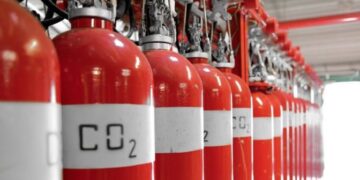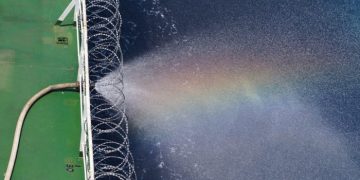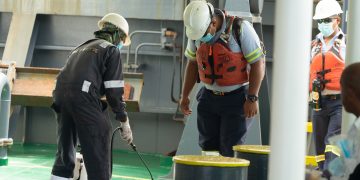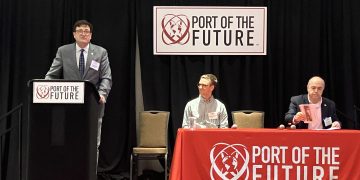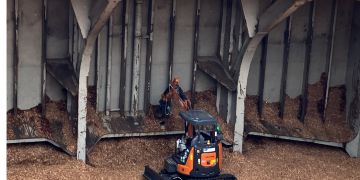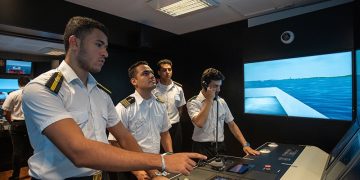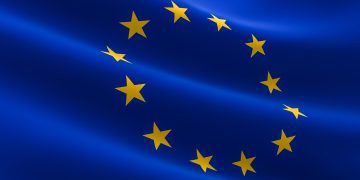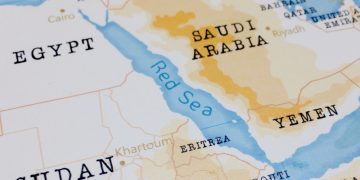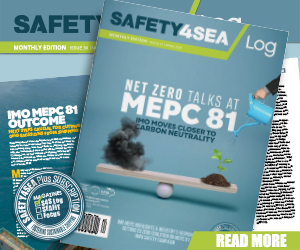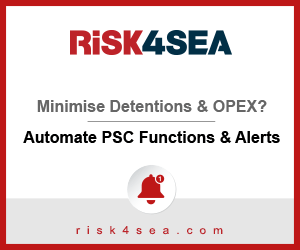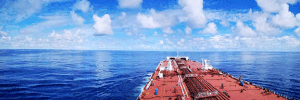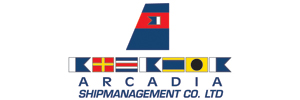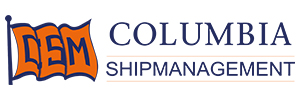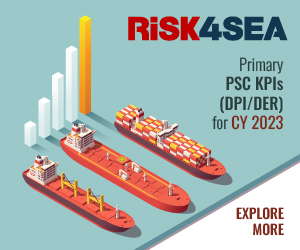Canada, Green Marine join to address underwater noise
Green Marine has signed a nine-month contract with Transport Canada to provide insight on underwater noise generated by shipping and its effects on marine life, along with potential solutions. “I am pleased to announce Transport Canada’s support to this project,” said the Honourable Lisa Raitt, Minister of Transport. “The report that will be presented by Green Marine will help us to make informed decisions on how to minimize the underwater impacts of our marine transportation system.” “This agreement is a logical next step following the Memorandum of Cooperation that Green Marine and Transport Canada signed in 2012,” explained David Bolduc, Green Marine’s executive director. “We share the goal of enhancing environmental protection and performance in the marine shipping sector and we found a concrete way to collaborate in that regard with this project.” To meet the contract terms, Green Marine has hired Véronique Nolet as project manager – marine habitat. While temporarily replacing the organization’s program manager last fall, she laid out the foundations for some of Green Marine’s future environmental performance indicators regarding underwater noise. She also set up a working group to focus on the issue and three meetings have been held to date. In addition to ...
Read more



